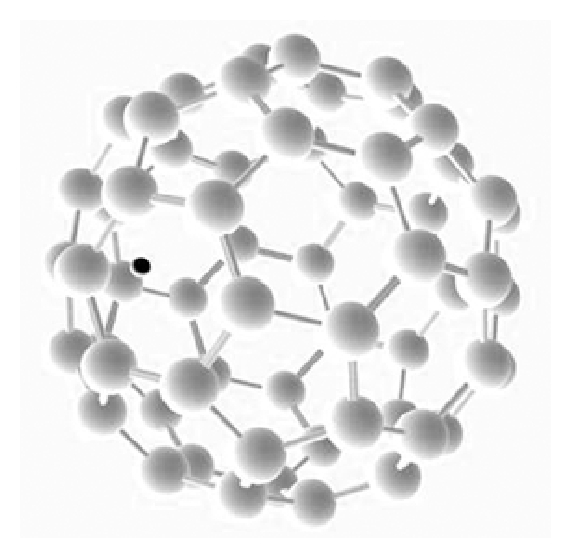Are Nanoparticles toxic?
Nanoparticle Toxicity are defined as particles between 1 and 100 nanometers in size. The small size of these particles sometimes makes it difficult for the bodies natural cleansing mechanism to remove them.
The body has specialized cells in the lungs, liver, spleen and kidneys designed to remove Nanoparticle Toxicity such as soot, dust and other particulates we breath or enter our bodies. Some particle due to their size alone are difficult or impossible for the body to remove. These particles remain in the body for years and eventually can cause irritation and even cancer.
Asbestos is an example. Asbestos itself is inert and harmless. But the particles in asbestos dust are unfortunately in the size range that the body cannot remove. Fiberglass is a similar material, but doesn’t cause cancer because the particles are large enough to be removed from the body.
Another example is titanium dioxide, which is also a nanoparticle. When breathed into the lungs, it can exhibit toxicity. When ingested it is harmless.
Carbon 60 when suspended in oil is a nanoparticle. There is no evidence that C60 particles when ingested exhibit toxicity.
FullerLifeC60™ has developed a patent-pending method for solubilizing Carbon 60 into free, unassociated molecules. Our product contains no nanoparticles, only molecules of pure, pristine Carbon 60. This is why our C60 product is the most bioactive available.

